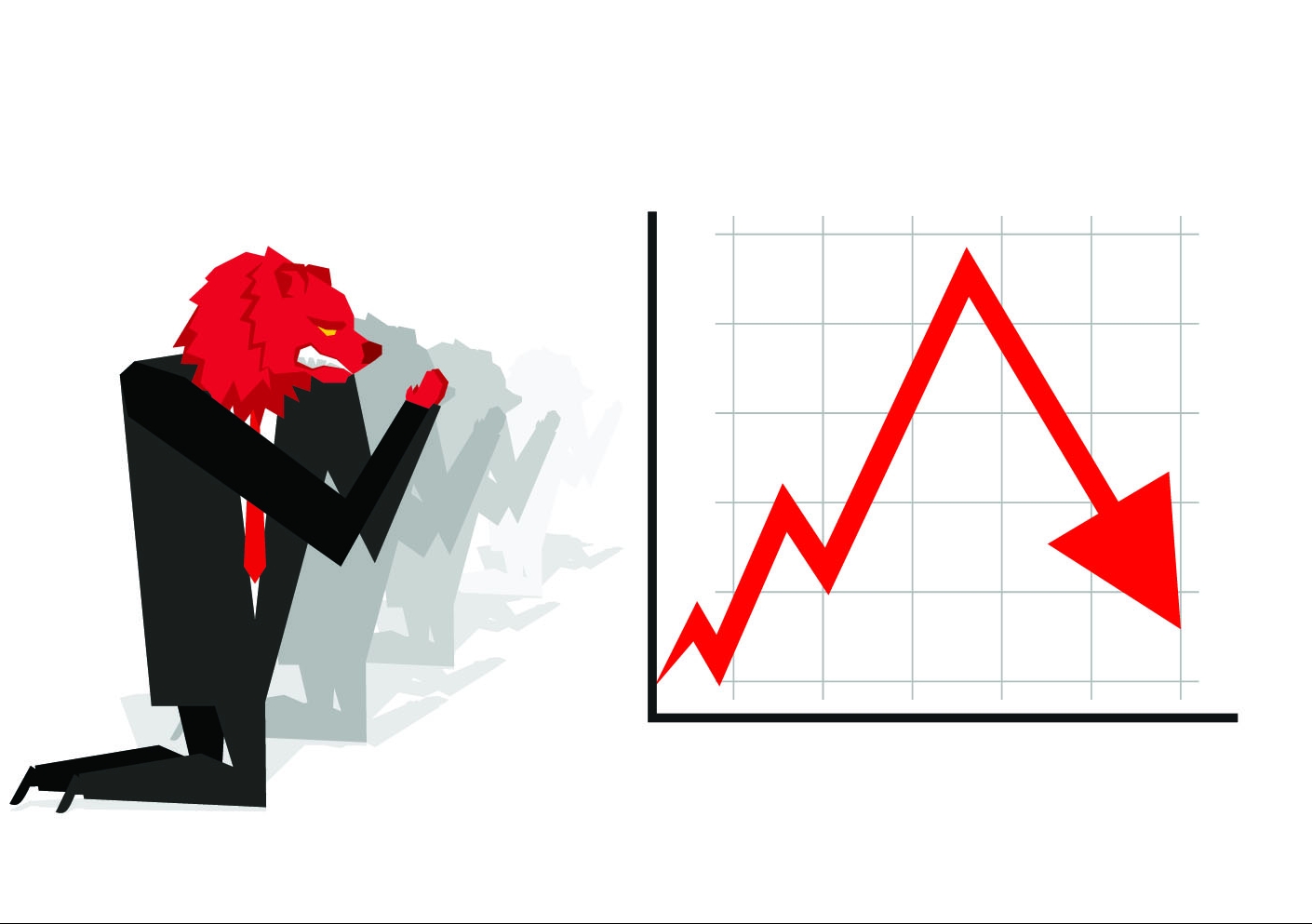UNSW research may explain why rogue traders take such big risks
UNSW researchers have for the first time shown that prolonged exposure to extreme volatility in financial markets may distort a trader’s perceptions, making them potentially blind to risk.

